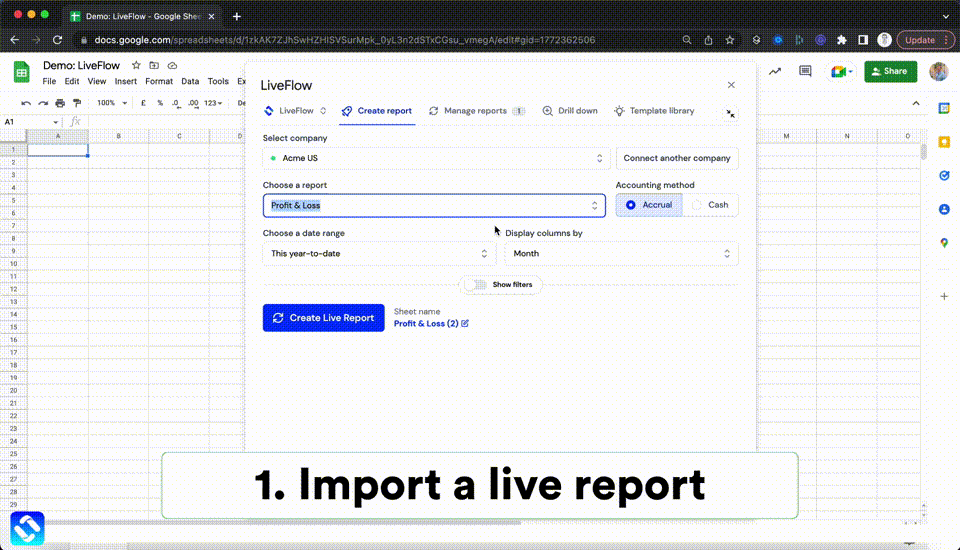How to Adjust Row Height in Excel (Easy Guide with Pictures)
This article will teach you two quick methods to change the heights of rows in Excel.
Why do you change the heights of rows in Excel?
Row heights in Excel may need to be adjusted for several reasons, including:
- Fitting content: When the content in a cell exceeds the default row height, the row height needs to be adjusted to fit the content properly. This ensures that the text is visible and does not overlap with other cells.
- Improving readability: Adjusting row heights can improve the readability of a worksheet, especially if the data in the cells is closely spaced or if the font size is small. Increasing the row height can make the data more legible and easier to read.
- Formatting: Adjusting row heights can also help improve the overall formatting of a spreadsheet. For example, if you have a table with multiple rows, you may want to make the header row taller to make it stand out from the other rows.
- Making room for graphics or charts: When adding graphics or charts to a worksheet, you may need to change the row height to create enough space for them to fit properly.
In summary, adjusting row heights in Excel can help ensure that your data is properly displayed and that your worksheet is easy to read and understand.
How to adjust row height in Excel?
The row height in Excel increases by default based on the font size, but it can be changed using the two easy-to-follow methods explained below:
Method 1: Using the ‘Row Height’ option to adjust the height of rows in Excel
Step 1: Select the desired row
Step 2: Right-click and select the ‘Row Height’ option (If you are a Windows user, you can press “Alt”, “H”, “O”, and “H” to get to the prompt to adjust row height)

Step 3: Enter the height
Step 4: Click ‘OK’

Note: To change the height of multiple rows together, all rows must be selected in step 1 and then step 2 to step 4 can be performed as described above.
Method 2: Changing the height of rows in Excel with the mouse
Step 1: Select the desired row (whose height you wish to adjust)
Step 2: Place the cursor towards the lower edge of the row header
Step 3: The cursor changes to a double-sided arrow and then drag the edge of the row to the desired height as shown in the image below

Note: To change the height of multiple rows together, all rows must be selected in step 1 and then step 2 and step 3 can be performed as described above.
Analyze your live financial data in a snap in Google Sheets
Are you learning this formula to visualize financial data, build a financial model, or conduct financial analysis? In that case, LiveFlow may help you automate manual workflows, update numbers in real-time, and save time. You can access various financial templates on our website, from the simple Income Statement to Multi-Currency Consolidated Financial Statement. Are you interested in this product but are an Excel user? That’s not a problem at all. You can connect Google Sheets to Excel quickly.
To learn more about LiveFlow, book a demo.

You can learn about other Excel and Google Sheets formulas and tips that are not mentioned here on this page: LiveFlow‘s How to Guides



